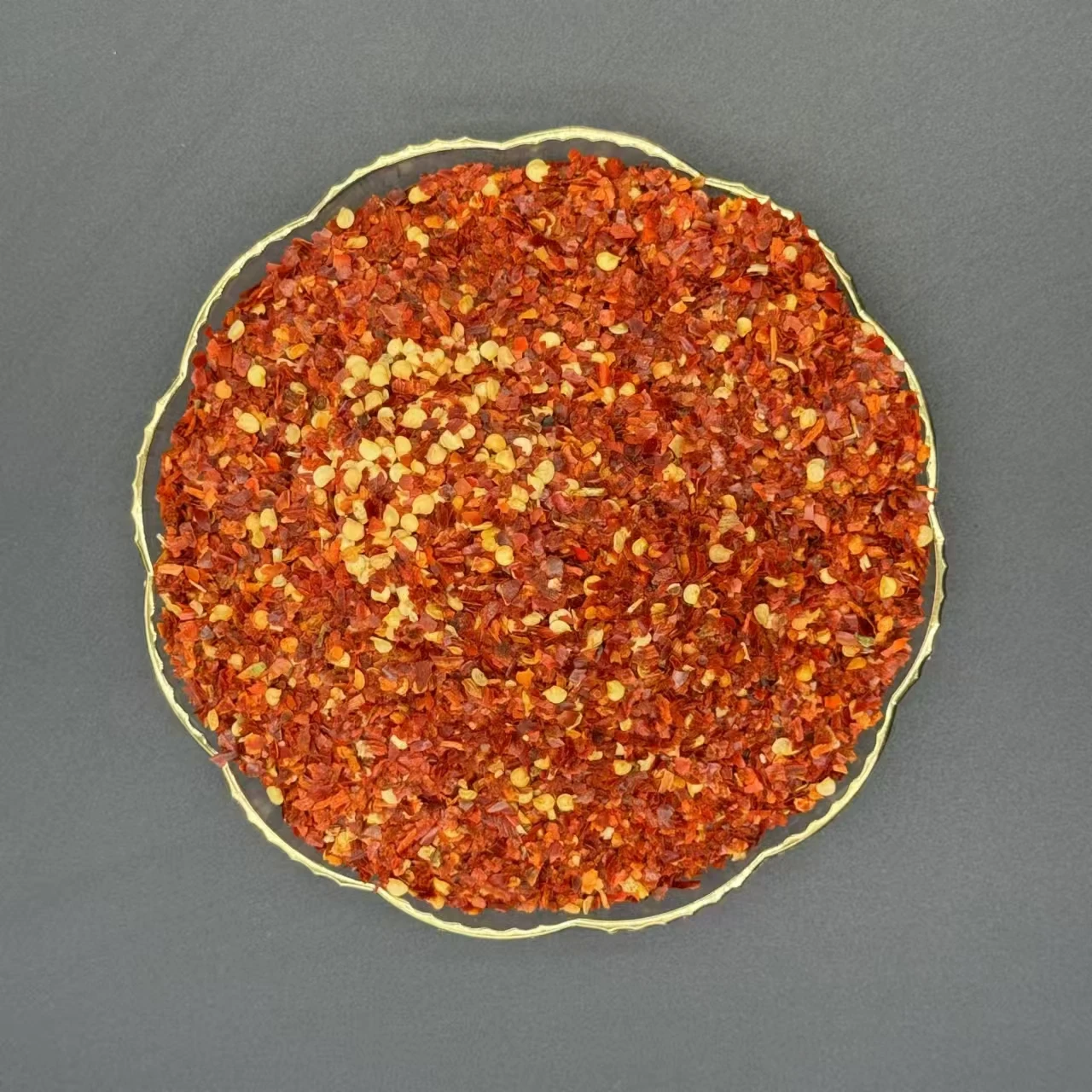- No. 268 Xianghe Street, Economic Development Zone of Xingtai city, Hebei 054001 China
- Byron@hbhongri.cn
Exploring the Flavors of Chili Powder and Paprika in Your Cooking
The Rich World of Chili Powder and Paprika Flavor, Culture, and Uses
Chili powder and paprika are two beloved spices that add depth, warmth, and vibrancy to dishes across the globe. While they may share some similarities, the two spices have distinct characteristics and culinary uses, rooted in their unique origins and the cultures they represent.
A Brief Overview of Chili Powder
Chili powder is a blend of ground chilies and can include other spices such as cumin, garlic powder, and onion powder. Its flavor profile can range from mild to fiery hot, depending on the type of chili peppers used in the blend. Common varieties include cayenne, ancho, and chipotle, each imparting its unique taste and heat level.
The history of chili powder is closely linked to the introduction of chili peppers to the world through trade. Originating in Central and South America, chili peppers were brought to Europe by explorers in the 16th century. Over time, they began to be integrated into various cuisines, giving rise to localized versions of chili powder.
Chili powder is a staple in Tex-Mex and Southwestern U.S. cuisine, where it is used to season everything from chili con carne to nachos. In Indian cuisine, chili powder is often used in conjunction with other spices to create complex flavor profiles in curries and spice blends. This versatility makes chili powder an essential item in kitchens around the world.
The Allure of Paprika
On the other hand, paprika is a spice made from ground, dried red peppers, predominantly from the Capsicum annuum species. It is most commonly associated with Hungarian cuisine, where it is a key ingredient in dishes like goulash and chicken paprikash. Hungarian paprika is renowned for its rich flavor and vibrant red color, which can range from sweet and mild to hot.
There are several varieties of paprika, including sweet, smoked, and hot paprika. Sweet paprika is often used for its mild flavor and is the type most commonly found in households. Smoked paprika, also known as pimentón, adds a distinct smoky flavor to dishes and is highly prized in Spanish cuisine. Hot paprika, while less common, brings a peppery punch that can elevate many recipes.
chili powder and paprika

Paprika not only enhances flavor but also adds a visually appealing vibrant hue to dishes, making it a popular garnish as well. Beyond its culinary uses, paprika has a rich cultural significance, particularly in Hungary, where it is often referred to as the spice of life.
Culinary Applications
When it comes to cooking, both chili powder and paprika can elevate the simplest of dishes. Chili powder is perfect for adding a kick to soups, stews, and marinades. A dash of chili powder can transform a bland dish into a flavorful experience. For those who love adventurous flavors, chili powder can also be blended with chocolate to create rich, spicy desserts, most notably in mole sauce.
Meanwhile, paprika shines in a variety of contexts. It can be sprinkled on deviled eggs, incorporated into potato salad, or mixed with oil to create a flavorful marinade for meats. The smoky flavor of smoked paprika pairs exceptionally well with roasted vegetables and grilled meats, adding an intriguing dimension to barbecued dishes.
Health Benefits
Both spices boast impressive health benefits. Chili powder is known for its high concentration of capsaicin, the compound that gives chili peppers their heat. Capsaicin has been associated with metabolism boosting and pain relief, making chili powder a popular choice for those interested in holistic health. Additionally, chili powder is rich in antioxidants and vitamins, contributing to overall well-being.
Paprika, while often considered milder, is equally beneficial. It is high in vitamin A, promoting healthy vision and skin, and contains antioxidants that support the immune system. The vibrant color of paprika is a good indication of its nutrient density, making it a great addition to a balanced diet.
Conclusion
Chili powder and paprika are more than mere spices; they are reflections of cultural heritage and culinary creativity. Their unique flavors and versatility make them indispensable in kitchens around the world. Whether you’re looking to add heat to your next meal or a touch of color and sweetness, embracing these spices can transform your cooking experience. So, the next time you reach for that spice rack, consider the bold flavors of chili powder and the rich allure of paprika to create something truly special in your culinary repertoire.
-
The Versatile Uses and Benefits of Capsicum Frutescens Oleoresin and ExtractsNewsJun.03,2025
-
Paprika&Chili Products Enhancing Flavor and Wellness in Every BiteNewsJun.03,2025
-
Paprika Extract and Capsicum Applications in Food and IndustryNewsJun.03,2025
-
Exploring the Benefits and Uses of Turmeric Powder and Curcumin ExtractNewsJun.03,2025
-
Discover the Bold Flavor of Premium Chilli Powder from ChinaNewsJun.03,2025
-
Capsicum Oleoresin Extract: A Potent Natural Ingredient in Modern ApplicationsNewsJun.03,2025







